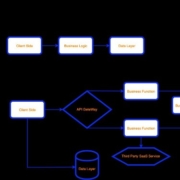Business storage and management are integral to the daily operations of a business. As your business grows, the question of data storage must be addressed. According to a recent Gartner report, the worldwide cloud services market is projected to grow by nearly 18 percent in 2019, totaling $214.3 billion.
Despite the growing popularity of public cloud services, there are numerous convenient, affordable, and safe ways to store enterprise data, such as colocation and in-house data centers. Depending on the specific needs of your business, you may choose to prioritize factors like data control and overhead costs over convenience or vice versa. So, what is colocation, and how does it compare to in-house data centers?
Source de l’article sur DZONE










